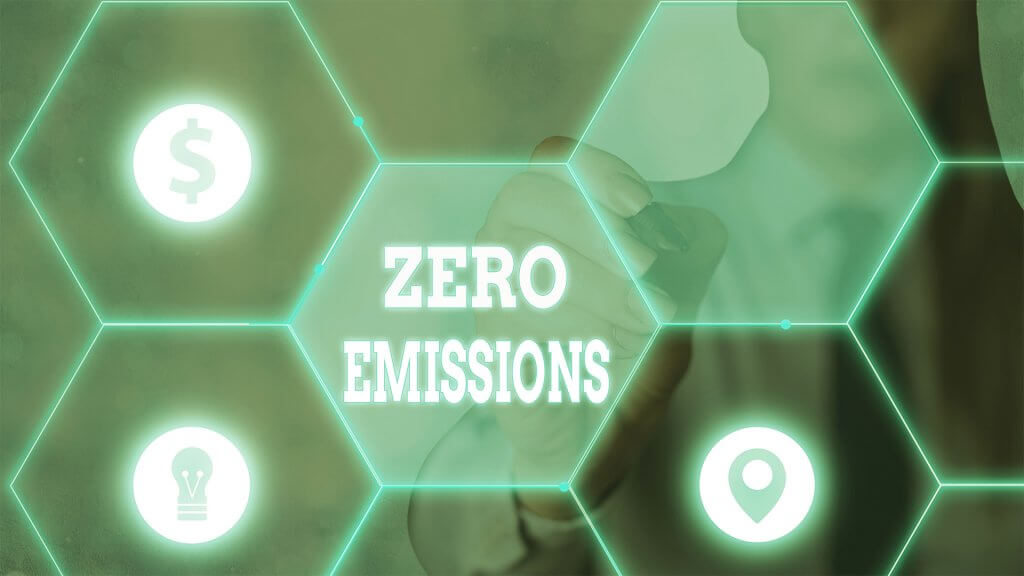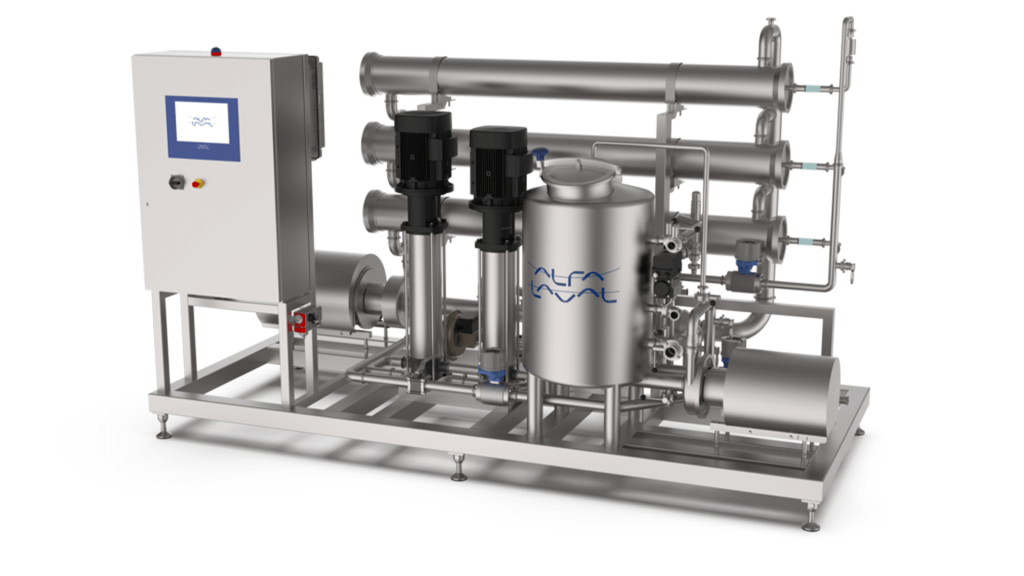In the ever-evolving domain of the lending industry, loan origination stands as a fundamental process for institutions and borrowers. This process involves evaluating, approving, and disbursing loans, ensuring that funds are allocated to qualified borrowers.
By meticulously managing risks and adhering to regulatory requirements, financial institutions can maintain a healthy loan portfolio and foster trust with their clients.
Core components of the loan origination
The loan origination process consists of multiple essential components that ensure the thorough evaluation, approval, and disbursement of loans. Each phase addresses a specific part of loan processing, from the initial assessment of the borrower to the final release of funds. Understanding these critical steps is vital for both lenders and borrowers, as it sheds light on the detailed procedures involved in securing a loan.
The importance of a preliminary screening
The preliminary screening involves an initial evaluation of a borrower’s eligibility. This phase includes automated data retrieval from multiple sources, such as Know Your Customer (KYC) and Anti-Money Laundering (AML) checks. By leveraging open banking data alongside traditional sources, a comprehensive profile of the applicant is created. This step effectively filters out unqualified candidates early on, thereby conserving time and resources.
Workflow system: the core of the process
The workflow system forms the core of modern digital loan origination processes, overseeing the entire credit lifecycle. Its modular architecture empowers financial institutions to tailor and optimise their procedures. This system effectively coordinates diverse data services, ensuring streamlined handling of each application. Integration with external data sources and backend systems facilitates seamless information flow, significantly reducing manual interventions and errors.
The underwriting phase
Underwriting is the stage where the financial health of borrowers undergoes rigorous analysis. This process involves automating data importation, conducting thorough historical analyses, and projecting future financial scenarios. Financial institutions have the flexibility to establish tailored financial KPIs and even integrate ESG (Environmental, Social, and Governance) scores to evaluate adherence to sustainability criteria.
Decision-making phase
The decision-making phase usually leverages a sophisticated decision engine designed to support diverse origination strategies within institutions. It standardises decision-making processes across the organisation, promoting consistency and impartiality. It incorporates solutions for conducting what-if analyses and champion-challenger tests, offering a versatile and intuitive interface for configuring decision rules and scoring models.
Enhancing creditworthiness assessment
Evaluating creditworthiness entails aggregating diverse data points to construct robust and compliant scoring models. These models may be customised or expert-driven, drawing on substantial industry expertise. Supplementary decision-making modules, such as credit policy guidelines and pricing models, can be integrated to further refine the precision and efficiency of credit assessments.
Final loan disbursement
Loan disbursement represents the final stage of the loan origination process, ensuring a seamless transition from approval to fund distribution. This phase incorporates evaluations of collateral values and risk profiles to offer a comprehensive assessment of each application. Utilising an embedded document management system, the process can be entirely paperless, thereby boosting efficiency and minimising environmental footprint.
The importance of streamlined loan origination
Efficient loan origination processes are pivotal for both borrowers and lenders, ensuring a seamless and expedited journey from application to disbursement. This optimized approach offers numerous advantages:
- Enhanced risk mitigation. Robust credit evaluation and underwriting during loan origination minimise the risk of defaults, safeguarding lenders’ financial health and maintaining a robust loan portfolio.
- Operational efficiency. Implementing automated workflows and digital document management systems in loan origination enhances overall operational efficiency, reducing processing times and environmental impact.
- Adherence to regulatory standards. Efficient loan origination practices ensure strict compliance with regulatory requirements, reducing legal risks and potential penalties for financial institutions.
- Strategic competitive advantage. Financial institutions that streamline loan application processes gain a strategic edge in the market, attracting borrowers with faster service and simplified procedures.
- Optimised customer experience. Efficient loan origination processes ensure rapid approvals and swift fund disbursements, significantly improving borrower satisfaction and loyalty.
In the domain of loan origination, CRIF stands out by offering a fully tailored system. This solution enables the seamless creation and management of customised workflows with unparalleled flexibility. It leverages both traditional and innovative data sources to automate and ensure reliable credit decisions. This capability empowers financial institutions to efficiently process loan applications while upholding high standards of precision and reliability.






























